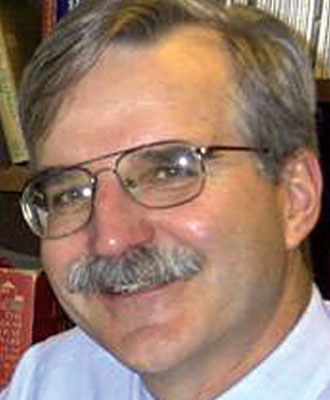Abstract
Clustering algorithms are used every day in marketing – from the good people at Amazon suggesting you buy a structural geology book based on your most recent purchase, to those at Google popping up a coupon on your smart phone when your GPS tells them you are once again standing in the Cheerios' Aisle at Lablaw's. Seismic interpreters intuitively cluster, identifying seismic facies through reflector amplitude, phase, and configuration "attributes". As the size of seismic volumes and the number of attributes increase, computer-assisted clustering helps us more rapidly extract and subsequently analyze patterns buried in the data.
Clustering algorithms are dividing into two basic groups – "supervised" that requires interpreter training, and "unsupervised", where the data "speak for themselves" and subdivide the data into "natural clusters". If we understand the geology and physics of our reservoir and have sufficient well control, supervised clustering algorithms such as Probabilistic Neural Networks can help predict parameters such as gamma ray response and porosity from surface seismic data. In resource plays we may or may not understand the detailed geology, and often do not understand the variability in completion. In these situations, some of the unsupervised and semi supervised clustering techniques can provide valuable information.
In this presentation, I will provide a very simple overview of two clustering algorithms commonly used by seismic interpreters – K-means and Self-Organizing Maps (commonly known as "waveform classification") as well as the more recently introduced Generative Topological Mapping algorithm, emphasizing their strengths and weaknesses. I will then show how these algorithms can be used to identify variation in lithology in the Mississippi Lime of Oklahoma, completion in the Barnett Shale of Texas, and production in the Eocene Carbonate Wash of Tabasco Province, Mexico.
Biography
Kurt J. Marfurt joined The University of Oklahoma in 2007 where he serves as the Frank and Henrietta Schultz Professor of Geophysics within the ConocoPhillips School of Geology and Geophysics. Marfurt's primary research interest is in the development and calibration of new seismic attributes to aid in seismic processing, seismic interpretation, and reservoir characterization. Recent work has focused on applying coherence, spectral decomposition, structure-oriented filtering, and volumetric curvature to mapping fractures and karst with a particular focus on resource plays. In addition to teaching and research duties at OU, Marfurt leads short courses on attributes for the SEG and AAPG.






